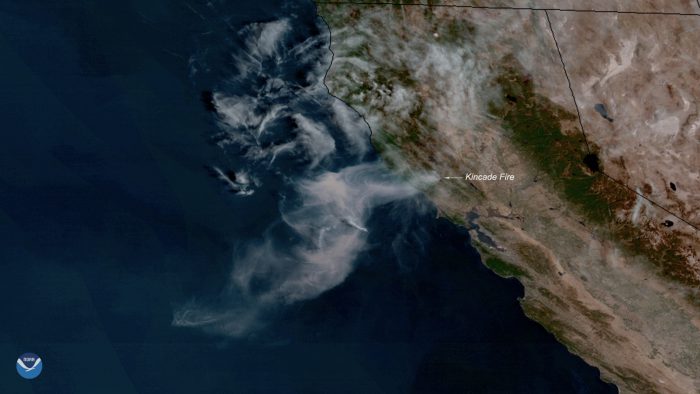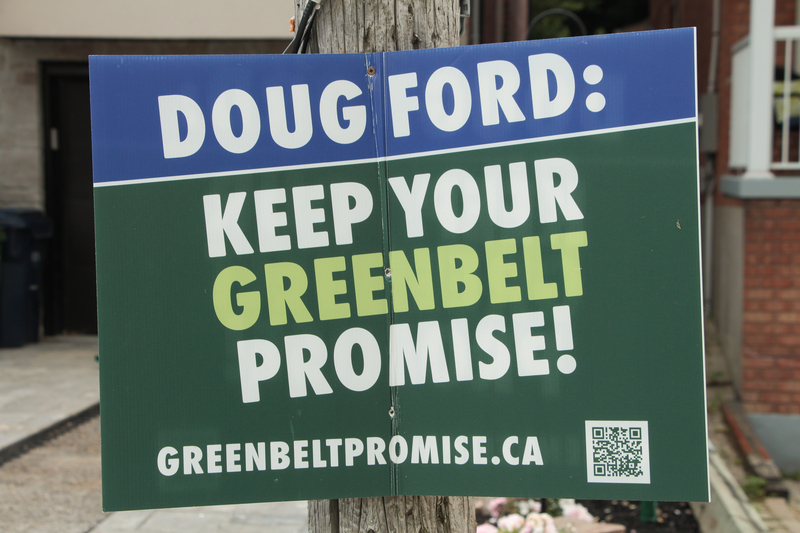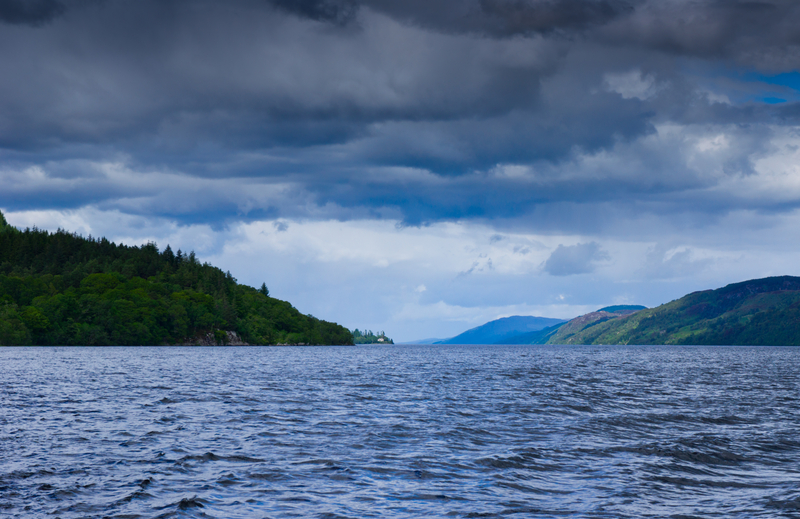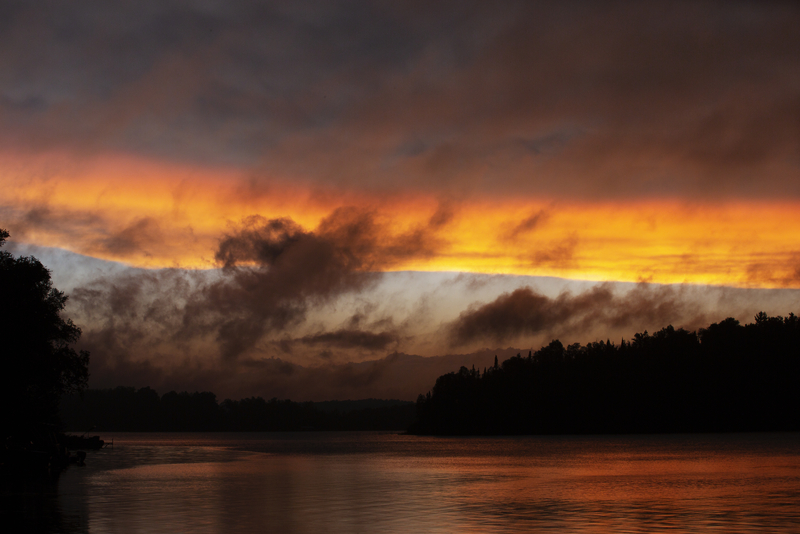For ages, the word 'California' has meant 'paradise'. Who wouldn't want to live among its year-round warm weather; its exciting movie stars and famous sports teams; its beaches, lush forests, and bushels of fresh food?
Then in 2018, a California town literally named Paradise was burned to the ground by one of the state's increasingly common wildfires. And now the talk for some is, has California become too dangerous to live in?
The California wildfires are in the news constantly. Everyone, from experts and politicians to regular people, are debating what should be done. It is a topic that makes people angry, sad, frustrated, and scared.
So what is really going on? Let's try to answer some questions as best we can right now.
Are wildfires in California new?
Firefighters have always had to deal with the speedy Santa Ana winds in California, which bring lots of hot, dry air. (Getty Embed)
No. Wildfires have been happening there forever really, especially in Southern California and especially in the fall. The state's mix of dry high-speed winds, low rainfall, hot weather, and acres of forest, make it the perfect spot for wildfires to begin.
And once they do begin, the strong, dry winds feed and push the fires across the ground quickly and unpredictably. Think of it like someone blowing on a campfire's embers to get the flames rolling, but on a massive scale.
Why are we hearing so much about them now?
Because they have become more common. And more deadly. This has been especially true over the last decade. 2015 was the worst fire season in California history. Until 2017 happened, which became the new worst season... until 2018 happened.
Why are they worse now?
So far we've been talking about points that pretty much everyone agrees with — this is where people start disagreeing and the debate gets messy. According to experts and the current government of California, the main reason that the wildfires have become worse is climate change.
Simply put? California has become hotter, drier, and windier, and for longer periods of time. This means that the ideal conditions for sparking wildfires are found in the state longer and more intensely. Therefore, more (and more dangerous) wildfires are sparking. And the fires are happening everywhere, not just mainly in Southern California anymore.
Is it just a changing climate?
Wildfires brings costly damage to both poor and wealthy neighbourhoods alike. (Getty Embed)
No. Traditionally, fires were sparked by lightning strikes hitting the ground and igniting dry vegetation (also called fuel in this case). But two other things are lighting these fires. One is faulty power lines that fall and spark the fuel.
The other is people. More and more people are moving from crowded cities and living in rural areas. While that is lovely, it also brings more opportunity for accidental fires to be made. In addition, these people are more at risk of getting caught in a wildfire and harder to rescue because they are so remote.
Does everyone agree with this view?
No. Some people believe that California deserves some of the blame for these frequent fires. In particular, President Trump has stated that California's government has ignored his requests to better remove dry, dead vegetation (fuel) from its forests. He also says that the state is not managing its water supply well enough and that more water should be sent to firefighters to put out these wildfires.
Would cleaner forests and more water really help?
There's no questioning that fuel in a forest is something that burns and that water can help fight a fire. But experts say that the things that President Trump is pointing out are not the issue in this case.
Though California does ration its water to protect against droughts, even firefighters say they have more than enough water. Meanwhile, the worst fires in this 2019 season didn't even start in forests, they started in open grasslands very close to cities.
Can the wildfires be fought?
Firefighters have proved they are learning how to better fight these fires. (Getty Embed)
Yes. In fact, according to the Guardian, the 2019 season has had "only 81,000 hectares (200,000 acres) burn, compared with 765,000 in 2018, and 525,000 in 2017." The reason?
Some of it is luck. But a lot of it is planning and proactive measures — this means doing things before a fire gets too big. This includes searching for fires with infrared technology and using controlled burns (that's starting a smaller fire to remove fuel before it can feed a larger fire). In plain terms, the firefighters are getting better at their jobs. They are learning from the past, and containing fires faster.
So California can live with this?
Yes and no. By getting smarter about fighting these fires, Californians can perhaps become safer.
But the conditions that create these wildfires are not stopping. And as Canadians in British Columbia and Alberta have also seen, the fires are happening in more and more places than before, such as the states of Oregon and Washington.
In the end, the best defense is a combination of things. That includes better forest and water management. It also includes smarter firefighting. But without a focus on climate change, the fires themselves only look primed to become more common and more powerful.
 Smoke from the Kincade Fire as seen from space on October 24, 2019. Wildfires are burning further north than usual in California. (NOAA/Wikimedia Commons)
Smoke from the Kincade Fire as seen from space on October 24, 2019. Wildfires are burning further north than usual in California. (NOAA/Wikimedia Commons)










Well, this sucks for Californians.
🙁
How awful my aunt and uncle live in california 😥 😥 😥
i really like this website!!!! 🙂